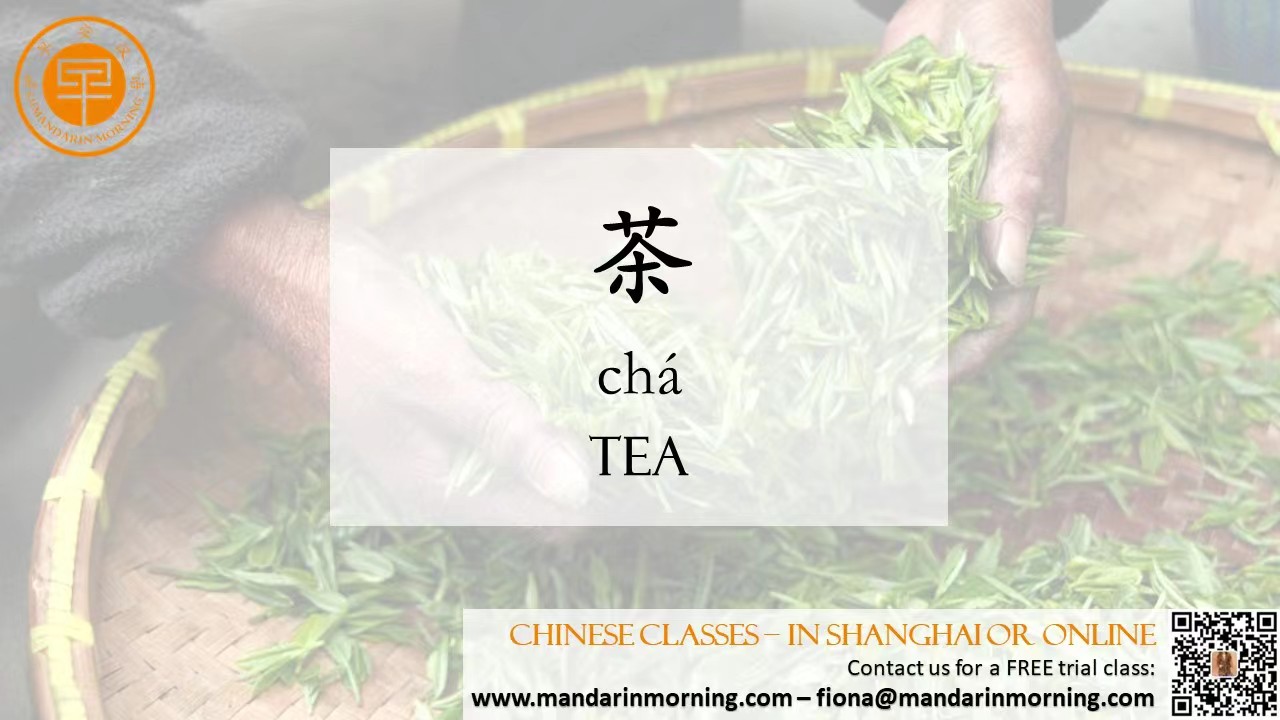【Learn Chinese】The History of Tea in China |
| The history of Chinese tea (茶 chá) begins with Shennong (神农 Shénnóng), a mythical personage said to be the father of Chinese agriculture and Traditional Chinese Medicine. Legend has it that Shennong accidentally discovered tea as he was boiling water to drink while sitting under a Camellia sinensis tree. Some leaves from the tree fell into the water, infusing it with a refreshing aroma. Shennong took a sip, found it enjoyable, and thus, tea was born.  Early archeological and historical evidence Chinese mythology aside, archeological evidence has been found indicating that tea was used as a medicine by the elite as early as the Han dynasty (206 BCE–220 CE). Tea didn’t achieve widespread popularity as an everyday beverage in China until the Tang dynasty (618-907 CE), however. Chinese Buddhist monks were some of the first to develop the habit of drinking tea. Its caffeine content helped them concentrate during long hours of prayer and meditation. The Classic of Tea by Lu Yu Much of the information we have about early Chinese tea culture comes from The Classic of Tea (茶经 Chájīng), written around 760 CE by Lu Yu (陆羽 Lù Yǔ), an orphan who grew up cultivating and drinking tea in a Buddhist monastery. The Classic of Tea describes early Tang dynasty tea culture and explains how to grow and prepare tea. In Lu Yu’s day, tea leaves were compressed into tea bricks, which were sometimes used as currency. When it was time to drink the tea, it was ground into a powder and mixed with water using a whisk to create a frothy beverage. Tea during the Ming and Qing Dynasties During the Ming dynasty (1368–1644 CE), tea bricks were replaced with loose leaf tea by imperial decree. This change was meant to make life easier for farmers since the traditional method of creating tea bricks was quite labor intensive. Loose leaf tea is still the most common form of tea found in China today. |